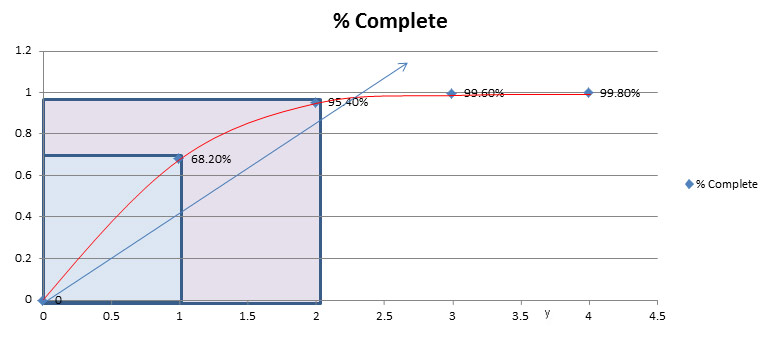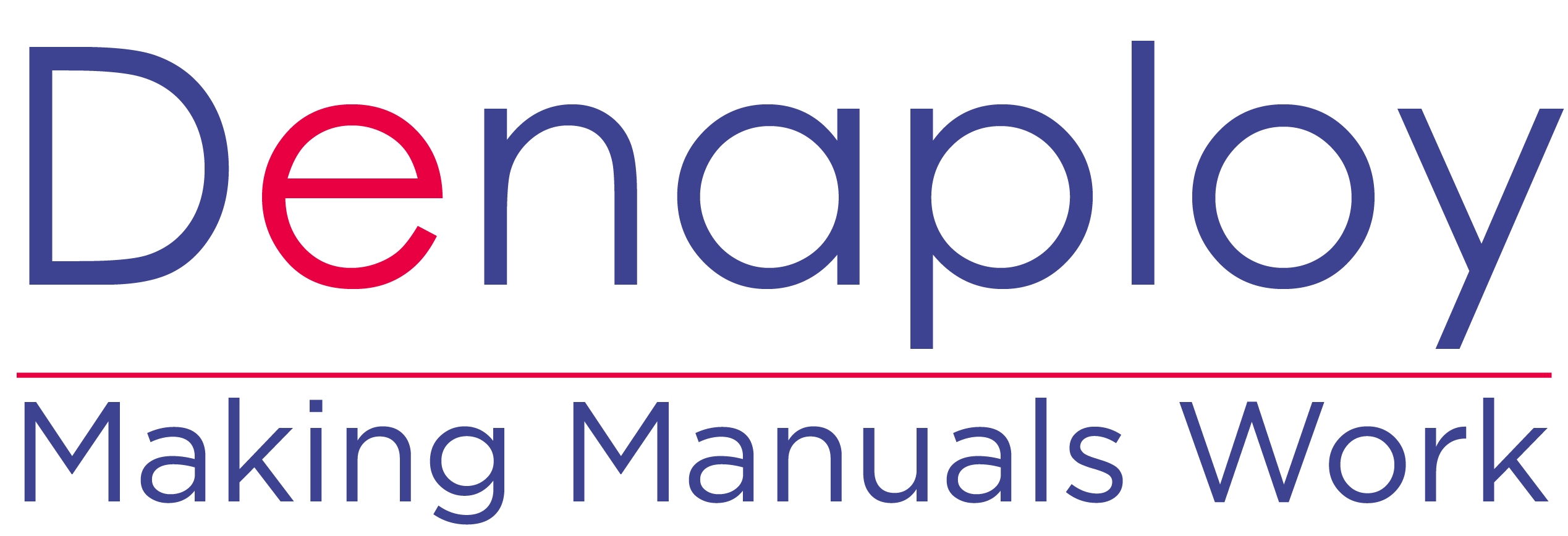The Importance of Early Information Gathering for
High-Quality O&M Manuals: A Time Management Perspective
Creating a comprehensive, accurate, and user-friendly
Operations and Maintenance (O&M) manual is a critical part of any
construction or engineering project. Historically, many project managers fall
into the trap of leaving the documentation process until the final stages,
treating it as an afterthought in the rush to handover.
This approach often leads to a scramble for information,
resulting in incomplete or inconsistent manuals. Denaploy’s approach emphasis's
the importance of gathering information earlier rather than later, leveraging
time management strategies like the Pareto Principle to highlight why early
preparation is essential.

The Pareto Principle and O&M Manuals
The Pareto Principle—commonly referred to as the 80/20
rule—suggests that 80% of outcomes often result from 20% of the inputs. In the
context of O&M manuals, this means that a small portion of well-planned,
early-stage efforts can yield the majority of the manual’s content and ensure
its quality.
By prioritising key documentation tasks early in the project life cycle, Denaploy ensures that the most critical information is secured while
the project is still active, and stakeholders are readily available. This
contrasts sharply with a last-minute approach, where chasing down
subcontractors, suppliers, and design teams at the moment of maximum pressure
in the run up to handover can become a time-intensive, frustrating
process.


Why Delays Make Information Gathering Harder
Procrastinating on O&M manual preparation creates several challenges that compound over time:
- Reduced Availability of Key Stakeholders:
By the end of a project, subcontractors may have moved on to other jobs, suppliers might be less responsive, and project teams may no longer prioritise your requests. This can lead to missing or incomplete documentation, which directly affects the quality of the manual.
- Information Overload at Critical Stages:
The final stages of a project are typically the most intense, with multiple teams working to complete construction, testing, commissioning, and handover. Trying to gather, verify, and compile documentation during this chaotic period adds unnecessary pressure and increases the likelihood of errors or omissions.
- Increased Costs and Delays:
Last-minute information gathering often requires more effort, involving additional coordination, follow-ups, and even rework. This can strain budgets and push back the delivery of the manual, delaying the project’s final handover.
- Lower Quality Outputs: Rushed documentation often leads to inconsistencies, missing data, and poor organisation. This diminishes the value of the O&M manual for end-users, making it harder for facilities management teams to maintain and operate the asset effectively.

The Benefits of Starting Early
Denaploy’s approach to O&M manual preparation begins at the start of the project, ensuring that documentation is integrated into the workflow from day one. This proactive strategy delivers multiple benefits:
- Efficient Collaboration: Early engagement with subcontractors, suppliers, and design teams ensures that everyone understands their documentation responsibilities. This creates a smooth flow of information throughout the project lifecycle.
- Accurate and Complete Data: Gathering information as equipment is installed and systems are commissioned ensures that the manual reflects the “as-built” reality, rather than outdated design intentions.
- Time Savings: By breaking down the documentation process into manageable stages, Denaploy eliminates the need for last-minute firefighting, freeing up resources to focus on quality.
- Client Satisfaction: Delivering a well-organised, user-friendly manual on time enhances the client’s confidence in the project and supports the long-term operation of the asset.

Applying the Pareto Principle in Practice
To maximise the benefits of early preparation, Denaploy applies the Pareto Principle to focus on high-impact tasks that form the foundation of the O&M manual:
- Standardising Templates and Formats: By establishing a clear structure and standard early, most of the information can be slotted into place efficiently as soon as it confirmed. Ideally the only thing left as handover approaches, should be the certification and the ‘As Built’ drawings.
- Prioritising Critical Documentation: Key sections such as asset registers, maintenance schedules, and system descriptions are developed first to provide a framework for the rest of the manual and as a guide to all the sub-contractors on what they are expected to supply.
- Engaging Stakeholders Early: Early involvement of subcontractors and suppliers ensures that the most crucial information is captured while their work is ongoing.
By focusing 20% of the effort on these foundational tasks, Denaploy ensures that 80% of the manual’s quality is secured early, leaving the later stages for refinement rather than reinvention.

Conclusion: The Value of Proactive Documentation
Creating an O&M manual is not just a box-ticking exercise; it’s an investment in the long-term success of your project. Starting early and adopting a structured approach allows you to create a high-quality, user-friendly manual that meets the needs of end-users and facilities management teams.
By applying time management principles like the Pareto Principle and leveraging early-stage planning, Denaploy ensures that the documentation process is smooth, efficient, and stress-free. Don’t wait until the final stages of your project—make O&M manual preparation a priority from day one.
 Let us help you create documentation that stands the test of time. Find out more about how Denaploy can help you.
Let us help you create documentation that stands the test of time. Find out more about how Denaploy can help you.
Next Article: The Future of O&M Manuals: Embracing AI for Smarter Solutions. Read the full article here.